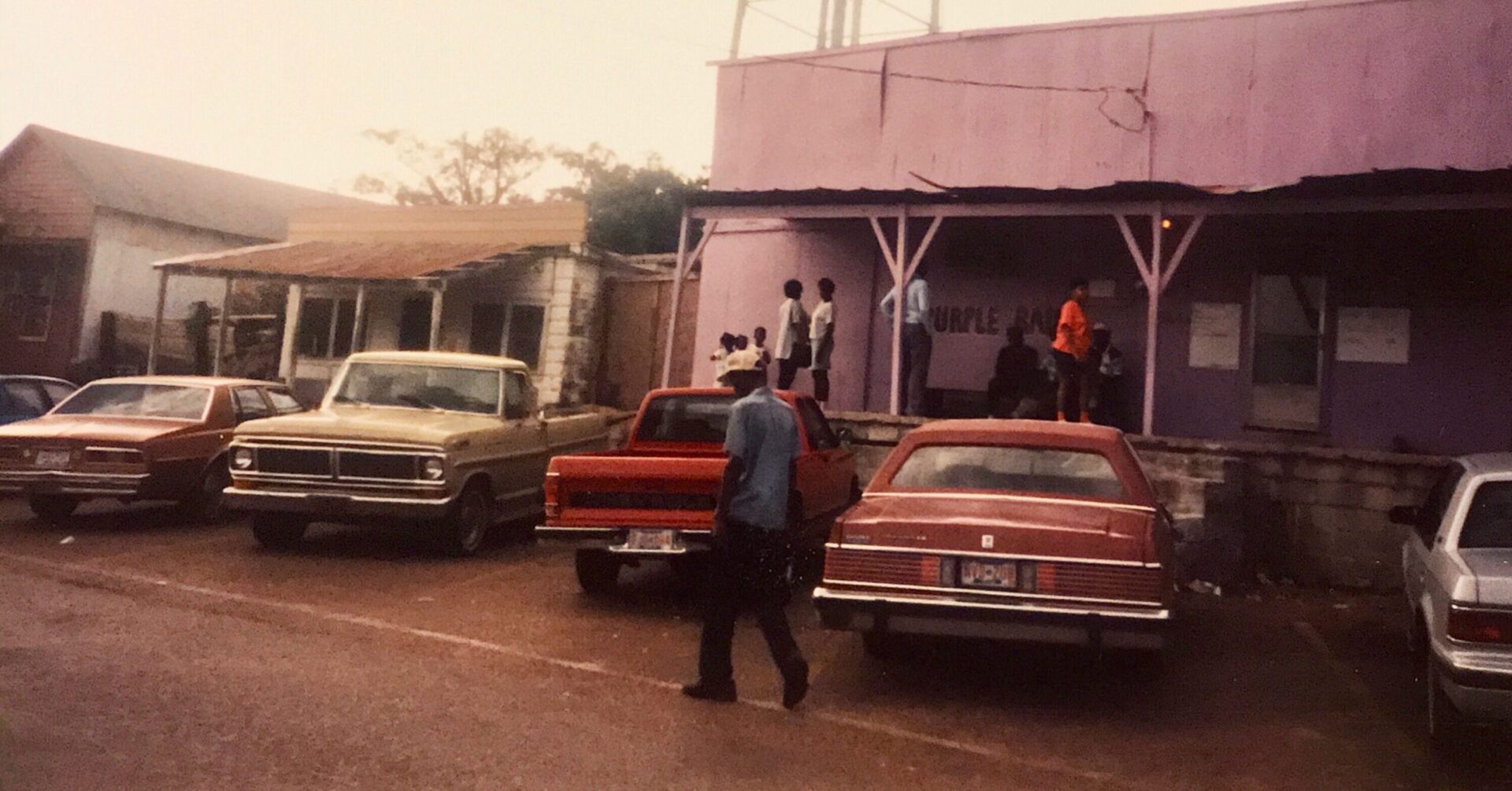Breakfast was at Panera Bread, and then I headed out to New Orleans for the Cutting Edge Music Business Conference, but I stopped in Jackson to have lunch with Charlie Braxton at Majestic Burger, and to pick up the new Ned Sublette book about New Orleans at Lemuria Books.
All the time I had spent in Jackson had me running behind schedule, but I got so sleepy south of Jackson that I had to stop in Brookhaven for a cappuccino.
The New Orleans rap artist Ms. Tee had wanted to meet with me, so when I got across the swamps and past Manchac and LaPlace, I called her from the outskirts of Kenner, and she suggested that we meet at Copeland’s Social City in Metairie. I had no trouble finding it, but, unfortunately, the menu had changed since the last time she had been there, and it was not only expensive, but just weird. mostly small plates, the tapas menu that’s so trendy nowadays in places like Los Angeles or New York. This was New Orleans, however, so we decided to drive further down Veterans to the Copeland’s Cheesecake Bistro, which was a much better and more diverse menu. We talked, some things about the city’s rap scene, and some about her career, and then went our separate ways, me out to the part of Metairie that had once been called Fat City in search of beignets.
Tucked behind the Lakeview Mall, it was hard to see how the nondescript strip malls facing each other had ever been intended to rival the French Quarter, but that’s what the developer who built them had bragged back in the early 1970’s when school integration had started in earnest, and whites began pouring out of Orleans Parish into Metairie like water flowing through the broken levees. Businesses flowed over the line as well, one of them the venerable old Morning Call coffee stand that had proudly stood in the French Market for 103 years, a block northeast of its more-famous competitor, the Cafe Du Monde. When it left the Quarter for Metairie in 1974, people began to realize that something was truly going wrong in New Orleans. Officially the move had been due to “street construction”, but the truth was, most of the place’s long-time customers had probably moved already. Nowadays, Fat City was a garish warren of outdated strip malls with old-fashioned neon signs, and the only thing that seemed “fat” about it might be the beignets at Morning Call. But the coffee stand still proudly advertised that they were open”24 hours”, and they were crowded (with locals, not tourists). The prices were slightly cheaper than the Cafe Du Monde, and I noticed that they didn’t dust the beignets with powdered sugar, but had canisters of powdered sugar on every table for you to do it yourself. From there, I took a spin through West End Park, where I had eaten on an enjoyable promotional trip back in the summer of 2005 before Hurricane Katrina. Although the Joe’s Crab Shack had been rebuilt and opened as a Landry’s Seafood House, the rest of the area was still strangely desolate. Peculiarly, the sand volleyball courts were still there and apparently had been rebuilt by the city, but there was not a trace of the four or so restaurants that sat in a circle at the western end of West End Park the last time I had been there. I felt rather depressed as I headed down Pontchartrain Boulevard and into the city, whose broad expanse of downtown towers suggested a place of infinite wealth and possibility. Any illusions were soon shattered when I exited onto Canal Street, passing an abandoned hotel, three abandoned movie theatres and a vacant office tower with shattered windows, although the street had been planted with rows of beautiful royal palms, and the street’s condition seemed to improve with each block as I drove nearer to the river. The hotel where my conference was being held was the Westin Canal Place at the very end of the street, and after I had checked in, I decided to call it a night. My room featured a window with a broad expanse of the city, looking eastward toward the Faubourg Marigny and across the river toward Algiers. Off in the distance to the east, I could see the flash of radio towers, maybe out at Michoud, and nearer, I could see a big boat negotiating the Mississippi, perhaps an oil tanker. I left the window open on the city and fell asleep on the plush bed.


